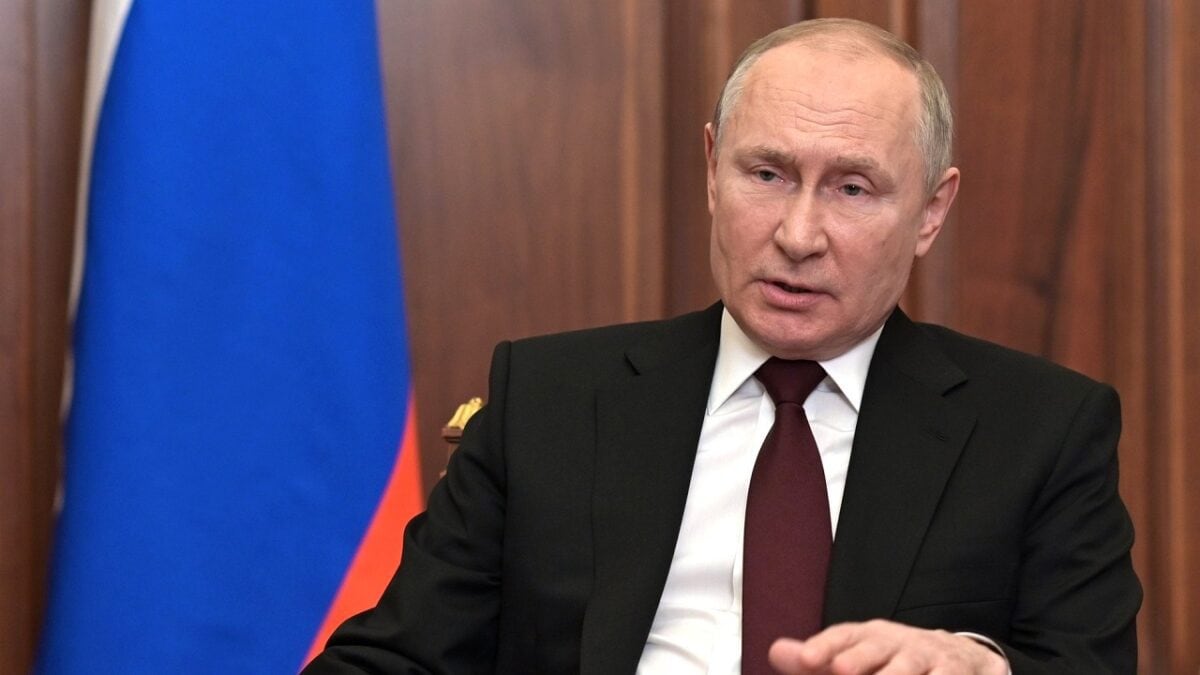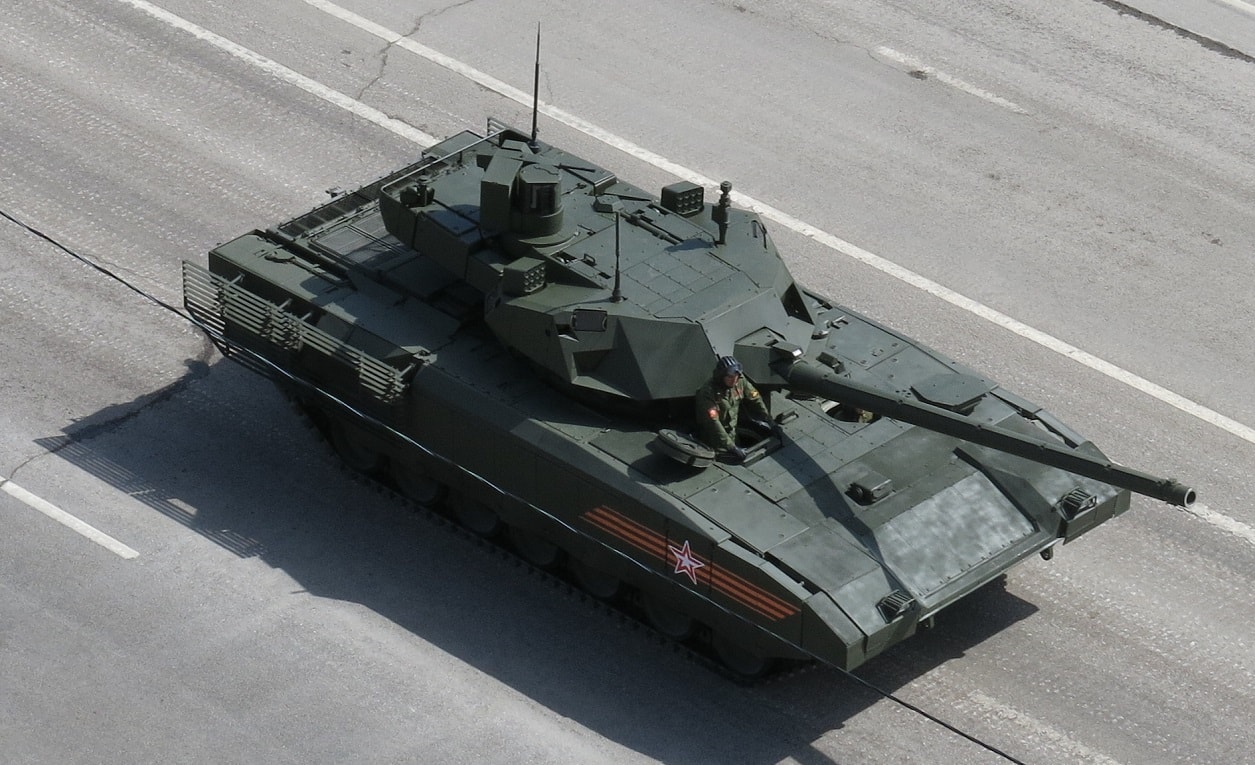Putin Won’t Be Happy: Russia Scales Back Victory Day Parade – Russia’s Victory Day parade, an annual parade held on May 9 that celebrates the victory over Nazi Germany, has reportedly been scaled down this year.
Reports suggest that the military parade, which is usually an opportunity for Russia to demonstrate its military prowess, has been scaled back by as much as 35% amidst continued aggression in Ukraine.
A Major Sore Point for Putin?
The scaling back of the Victory Day parade is likely a sore point for Russian President Vladimir Putin. He is understood to have once considered May 9 a realistic date to complete his war campaign in Ukraine.
Ukraine intelligence revealed in March that Russian soldiers were being told that the war “must end” by May 9, indicating that the Russian president was preparing to celebrate a second defeat of Nazis in Ukraine. Putin has repeatedly claimed – and obviously quite falsely – that Ukraine’s government and military are heavily influenced by neo-Nazis and used this claim as a justification for his invasion.
This year’s Victory Day parade will not be an opportunity for Putin to display his prowess as a leader, unlike in 2015 when a suite of new weaponry was unveiled after the successful annexation of Crimea. This year, the parade will be missing weaponry that has been deployed to the battlefield. Many of the tanks that may have appeared at the parade have since been destroyed or abandoned in the suburbs of Kyiv, and there will likely be a substantially smaller number of soldiers available to take part.
What to Expect
May 9th’s Victory Day parade will still go ahead, and Russian President Vladimir Putin will likely appear at the parade – as he does every year. There will, however, be significant differences between this year’s parade and every parade held in recent years.
Reports suggest that Russia has lost anywhere between 460 and 600 tanks in the conflict so far. Forbes also reports that Russia has been unable to find 10 display-ready T-80 main battle tanks to display during the parade and that the total number of Russian Infantry Fighting Vehicles taking part in the parade will be cut by 50%.
Just three BMP-3 Infantry Fighting Vehicles are expected to appear at the parade, and only one class of howitzer will appear, with no other multiple rocket launch systems available to display.
To fill in the gaps, Russia may send out its tank transporters, which are used to transport the Uran 9 unmanned combat ground vehicle.
The event is expected to take place on Moscow’s Red Square, with the Russian president as the guest of honor and main speaker.

Russian President Putin addressing the nation.
Even in the absence of a victory in Ukraine, Putin is likely to praise the patriotism of the Russian armed forces and the importance of his so-called “special military operation” in Ukraine. We may also gain an insight into what the Russian leader may now accept as a “victory” in Ukraine after his previous ambitions of taking control of Kyiv failed.
Kyrylo Budanov, the head of Ukrainian intelligence, also suggested that Putin may use the Victory Day parade to declare war officially.
Jack Buckby is a British author, counter-extremism researcher, and journalist based in New York. Reporting on the U.K., Europe, and the U.S., he works to analyze and understand left-wing and right-wing radicalization, and reports on Western governments’ approaches to the pressing issues of today. His books and research papers explore these themes and propose pragmatic solutions to our increasingly polarized society.

